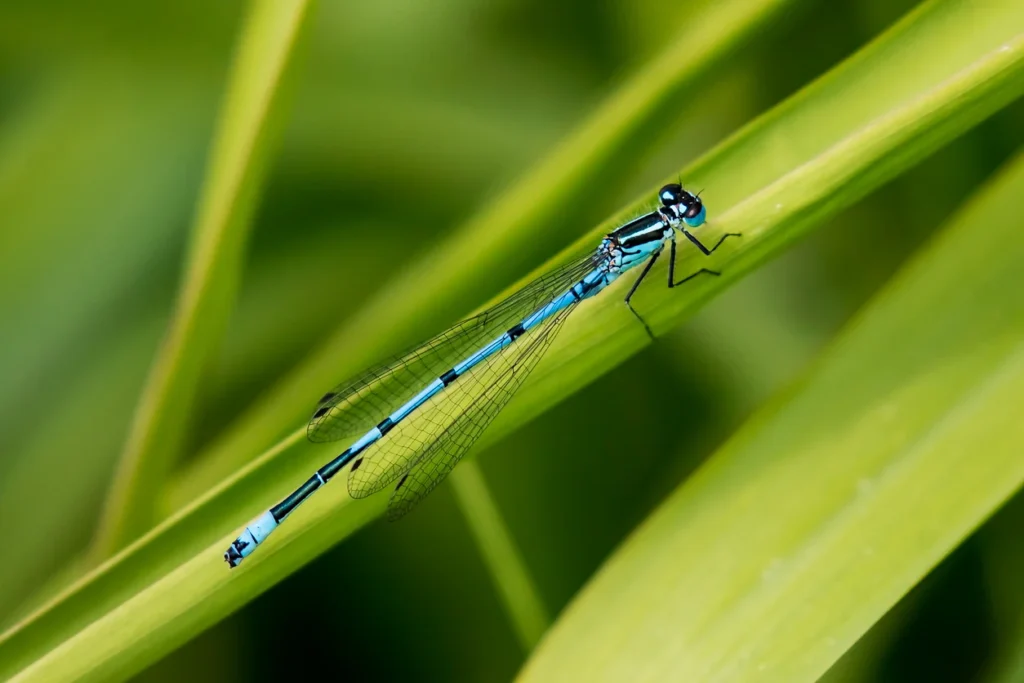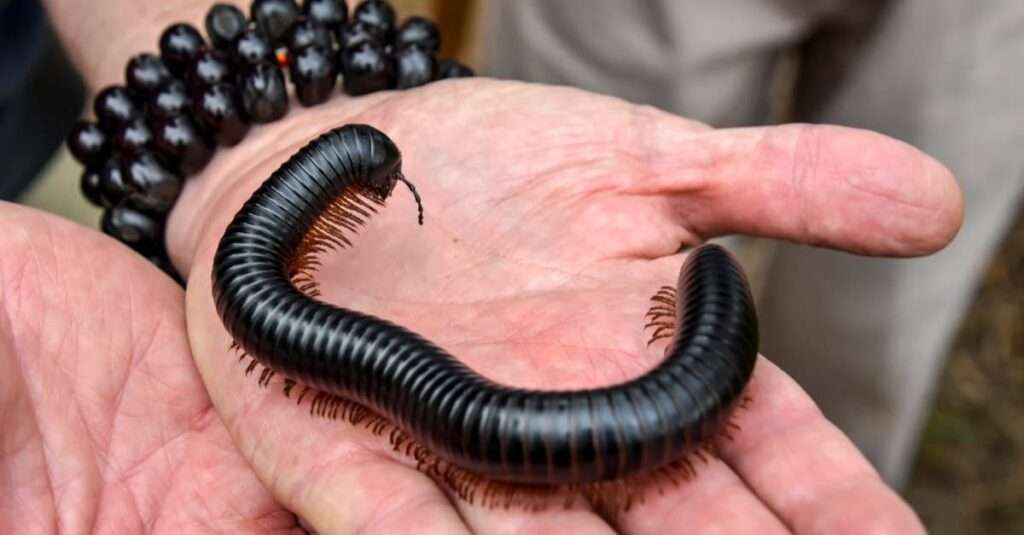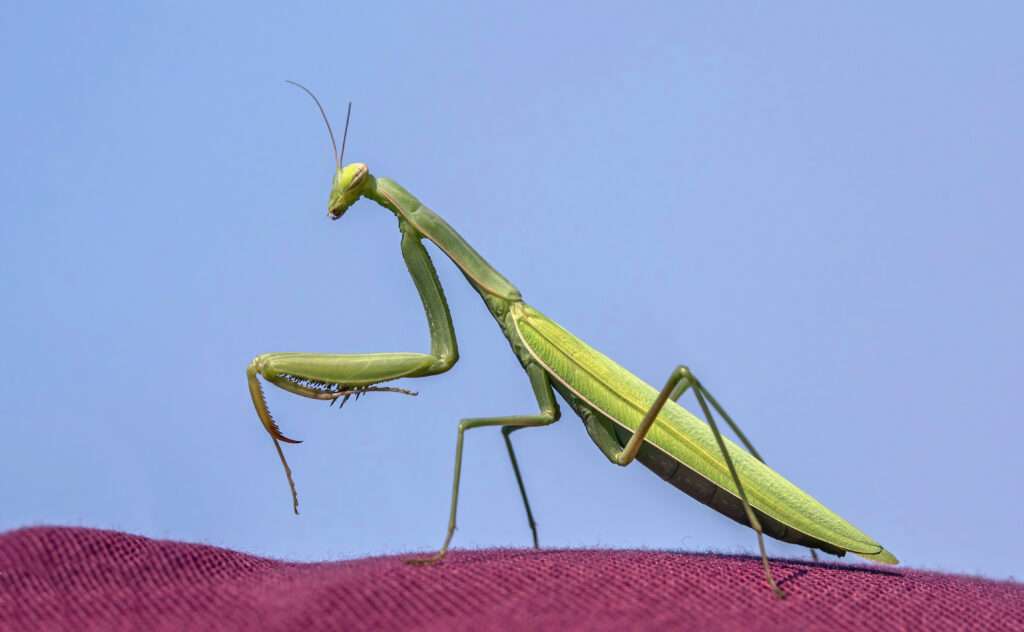
Flying insects known as damselflies belong to the Odonata suborder Zygoptera. They are comparable to dragonflies, which belong to the Anisoptera suborder of odonata, but smaller and with a leaner body. In contrast to dragonflies, which maintain their wings flat and away from the body when at rest, the majority of species fold their wings along the body. Damselflies are a widespread, extinct group that have existed at least since the Lower Permian and can be found everywhere but Antarctica.
Since both nymphs and adults of damselflies actively pursue and consume other insects, all damselflies are predatory insects.
Distribution
Except for Antarctica, all the continents are home to odonates. Although some dragonfly species have broad distributions, damselflies typically have more restricted ranges. Most odonates breed in freshwater, while a few Caenagrionidae damselflies do so as well (and a single dragonfly species breeds in seawater)
Life Cycle
Insects are damselflies. In their life cycle, they go through three stages: egg, larva, and adult. They feature three pairs of lengthy legs, two pairs of wings, and a long, slender abdomen. They have enormous eyeballs as well.
Food
Mostly flying insects are what adult damselflies consume. Larvae consume worms, aquatic insects, and occasionally small fish.
Morphology
A damselfly’s general body structure resembles a dragonfly. Although larger than those of a dragonfly, the compound eyes are more widely spaced apart and relatively smaller.
- Above the eyes, the frons or forehead is located.
- Below it is and on the upper lip, the labrum and the clypeus, an expandable organ utilized in prey capture is located. Three basic eyes (ocelli), which may measure light intensity, and a small pair of antennae, which may measure air speed but have no olfactory purpose, are located on the top of the head. Many species are sexually dimorphic; the males are frequently vividly coloured and easily recognized, while the females are planer, more subdued, and more difficult to distinguish from other species.

Keeping as Pet
Due to their cannibalistic nature, damselfly like dragonfly nymphs should be kept apart in aquaria or tiny jars of spring water. Since the nymphs must crawl out of the water to emerge as adults, add some aquatic plants or sticks that protrude above the surface of the water. At 10 to 31° C (51 to 87° F), the nymphs maintain their consistency.
Table





